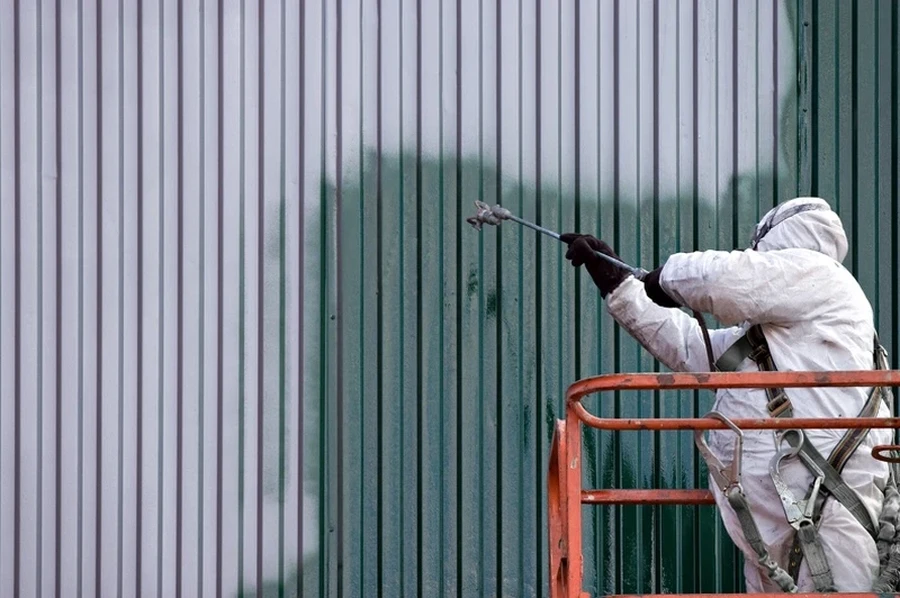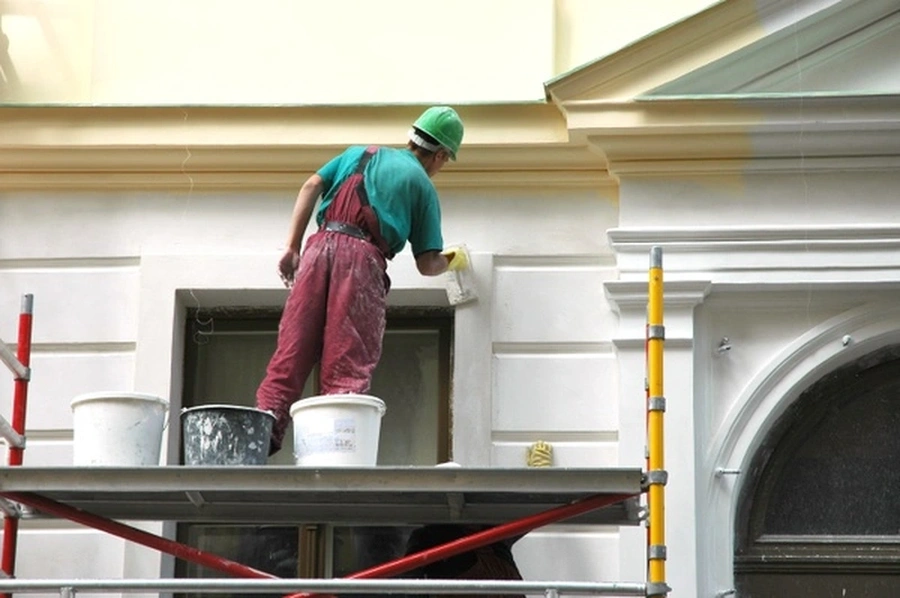Why Getting the Base Right Makes All the Difference
Painting the exterior of a building is more than just applying a fresh coat of color. The process begins long before the first brushstroke, with surface preparation playing a crucial role. Without proper prep work, paint can chip, peel, or fail to adhere correctly. This stage sets the foundation for a durable and aesthetically pleasing finish. Understanding how to prepare surfaces properly ensures that your painting job will withstand time and weather conditions.
Benefits of Proper Surface Preparation
Thorough surface preparation offers numerous benefits. It ensures that paint adheres well, leading to a longer-lasting finish. When you invest in quality prep work, you’re less likely to see issues like blistering or peeling later. Preparing surfaces also reveals any underlying problems such as rot or mold, allowing for repairs before painting begins. This ensures a smooth and even application, enhancing the overall look and feel of the painted surfaces.
Common Issues With Poor Preparation
Poor preparation can lead to several issues. For instance, skipping cleaning might trap dirt under the paint, causing it to bubble. Similarly, neglecting to sand rough patches leaves uneven textures on walls. Inadequate primer usage often results in inadequate paint adherence, particularly during exterior painting. These problems not only affect appearance but also reduce the lifespan of the paint job.
Steps for Effective Surface Preparation
To achieve an optimal paint job, follow these steps:
- Clean surfaces thoroughly to remove dirt and grime.
- Sand down any rough areas for smoothness.
- Apply a quality primer to enhance paint adhesion.
- Repair cracks or holes before painting.
- Ensure surfaces are dry before applying paint.
Best Practices for Painters
Painters should observe best practices to maximize their results. Always start with a clean slate-literally-by washing away dust and debris. Prioritize sanding; this evens out imperfections and helps the primer bond better with the wall. Choosing the right primer type based on surface material is crucial for effective bonding. Lastly, weather conditions matter; avoid painting on humid or rainy days to prevent potential moisture issues.
Industry Standards and Recommendations
The painting industry has set standards to ensure quality outcomes. Professionals recommend using eco-friendly cleaners that are gentle yet effective for surface cleaning. Sandpapers come in various grits; choosing the appropriate one for your surface material is critical. Primers have specific drying times that should be adhered to for maximum effectiveness. Adhering to these standards ensures compliance with industry norms and increases customer satisfaction.
Cost Considerations for Your Project
The cost of preparing surfaces can vary depending on factors like size and condition of the area being painted. However, investing in thorough preparation reduces future repair costs. While DIY methods may save money upfront, professional services usually offer better longevity and fewer mistakes. Considering the entire project’s ROI helps balance immediate expenses with long-term savings.
Your Path to a Successful Paint Job
Proper surface preparation ensures a successful painting project by extending the life and beauty of your exterior finishes. As experts in creating enduring results, Edward Painting Services serves clients throughout Waretown, NJ. Connect with our team today at (732) 210-6523 to transform your property’s exterior with professional care.


